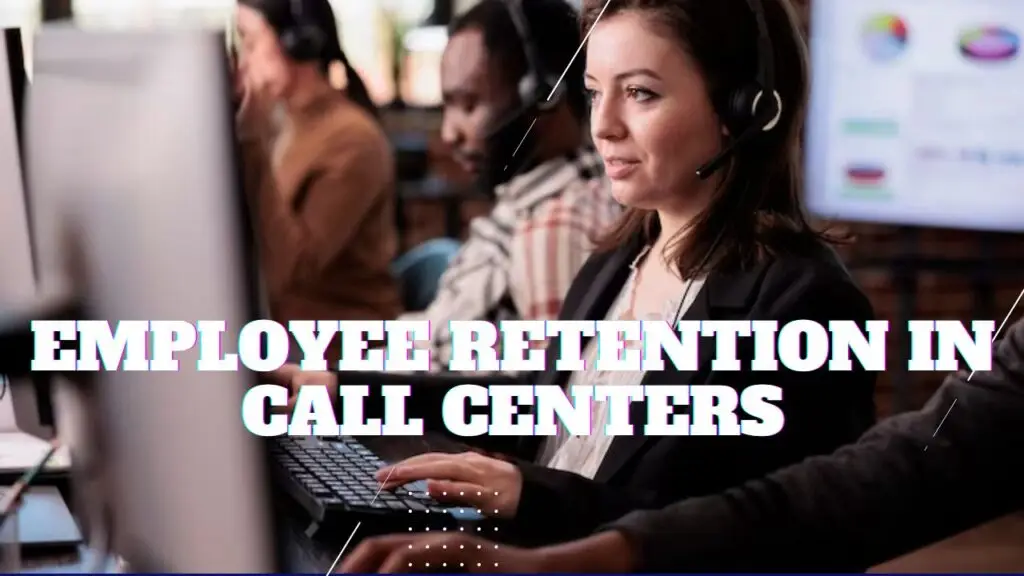The strategic difficulty of working in such call centers can be that it is like working in a revolving door of recruitment and retraining. You’re not alone. Another KPI that is of crucial importance for call centers across industries is the skills gap; this is the gap between the skills possessed by your team and the required skills. This gap can lead to long wait times, annoyed customers, and tired staff. Those working in call centers should not be stressed, however, as we have a plan. Developing the skills gap within the center will allow you to turn the center into a perfect working factory of customer satisfaction.
Table of Contents
Focus on opportunity
Now the idea of the skills gap – let us magnify it. These players require a specific set of skills in the range of the call-center toolbox. These core skills typically include.
- Communication: What is more, clear, precise, and emotional language is the key to establishing a trusting relationship and calming a visitor.
- Problem-solving: Critical thinking skills – the ability to think critically about given scenarios in order to determine the cause of the problem and to formulate a solution.
- Technical Knowledge: The question is what knowledge do you need your agents to possess? This varies with different industries; your agents need to have details of your products or services, or the technology that you’re dealing with.
- Active Listening: Listening to the customer’s problems carefully, and repeating to see that the message was received, are also important.
However, one thing is for sure – the industry is dynamic and changes are happening all the time. Customer expectations are evolving. New technologies are emerging. It is possible that the industry might be converging on regulations. All of this means a great set of skills for the agents that they need to keep at bay.
Well, how do you determine the measure of the skills gap in your call center?
Few effective methods:
- Skills Assessments: Use established tests to test your agents’ knowledge about the most comprehensive and important subjects.
- Performance Reviews: Review key performance metrics and determine where opportunities for improvement can exist.
- Customer Feedback Surveys: It is essential to address feedback from customers regarding agent experience.
- Exit Interviews: If and when an agent chooses to quit, it is important to identify why they are doing so and as what the reason might be a lack of some skills.
All such methods can help to pinpoint where one’s call centers need the most improvement. - Bridging the Gap: Educational Approaches to Developing and Preserving Skilled Labor Force.
With your analysis and understanding of the weakness you need to address, you now need to start building a bridge that would connect the current gap through strategic recruitment and comprehensive training and support to your employees at work.
Recruitment Strategies:
This will in turn make sure that the business attracts and retains quality employees.
Here’s how to refine your recruitment efforts:
Craft Compelling Job Descriptions:
Several skills should be specified in the listing and a note of unique culture has to be made to attract the best of the talent.
Target the Right Talent Pool:
It is important to keep in mind that there are still many other call center recruitment-focused data vendors to choose from rather than relying solely on traditional job boards. Here’s where TechSupportLeads.com. This is where your leads—whether they’re for technical support or anything else you can think of—can be fetched from TechSupportLeads. com. They can help you source a pool of pre-qualified call center professionals with the specific skill set you require.
Highlight Growth Opportunities:
Make sure you are seen as a business dedicated to career development to draw the right employees.
The provision of the best financial resources for agents is the best financial resource for call centers.
Here’s how to create a robust training program:
Training and Development:
The provision of the best financial resources for agents is the best financial resource for call centers.
Here’s how to create a robust training program:
Onboarding and Initial Training:
Ensure that new employees are able to achieve a complete orientation of your company and products as well as the workings of the core call center functions.
Ongoing Skills Development:
Conduct training programs periodically to educate agents about changes taking place in the market, the use of new technologies, information on new products, etc.
Personalized Training:
Companies shall introduce training programs with the aim of addressing the strengths and weaknesses of individual employees as revealed from the assessment tests or performance evaluations.

Promoting a Supportive Work Environment:
It is often said happy staff means happy customers. Here’s how to create a work environment that motivates and retains talent:
Offer Competitive Compensation and Benefits:
Firmly reinforce your agents with compensation for the effort they put in.
Promote Work-Life Balance:
Provide some freedom for employees to create their schedules and utilize time and resource management techniques to avoid overworking them.
Invest in Employee Recognition:
Appreciate achievements and acknowledge an employee’s contributions to celebrate the positive.
Technology as Your Partner:
Automation of a front office cannot be a substitute for the exceptional skills of call center agents but rather a tool that beneficially supplements skilled agents’ potential.
Here’s how:
Knowledge Management Systems:
Put in place tools that a customer support agent can easily access product information, how-to guides, and commonly asked questions among others among all other information that may be useful in customer service.
Call Center Automation:
Use of call routing systems to ensure that calls are routed to the correct agent to complete the most number of repetitive tasks.
AI-powered Chatbots:
Begin with the investment in chatbots that could be used to answer simplified questions and allow agents to deal with the most complex queries.
Using technology for a smart approach can make the agents gain greater mastery of their jobs.
The Continuous Improvement Cycle:
All this brings home the point that closing the skills gap is a process rather than an event. This is a process that never ends but is rather cyclical and necessitates adjustments.
Here’s how to ensure continuous improvement:
Track Your Progress :
Continuous evaluation of the KPIs such as FCR or CSAT scores and AHT is necessary to assess the efficiency of the skill-gap approaches.
Gather Feedback:
Constantly request and receive feedback from agents, customers, and team leaders pointing out mistakes and their solutions.
Modify and Refine:
There are good indications about the data and feedback that one can change the strategies as needed. Beginner: Revise your training curriculum or seek new technologies; Intermediate: Consider changing your recruitment strategy; Advanced: Evaluate different technologies to use.
Conclusion:
This will help uplift the skill level of the employees in the call center in order to achieve success in the highly volatile arena of customer service. Improved recruitment plans, training for your agents with the skills and attitudes required and a good work culture will not only fill the gap but also enhance a culture of improvement. Be it a flight or a hotel booking; here, the agents who play a significant role are considered to be the most important assets.
Partner with TechSupportLeads.com to connect with the right talent and take the first step toward building a call center for the future!



